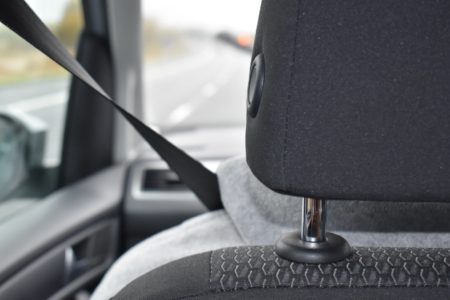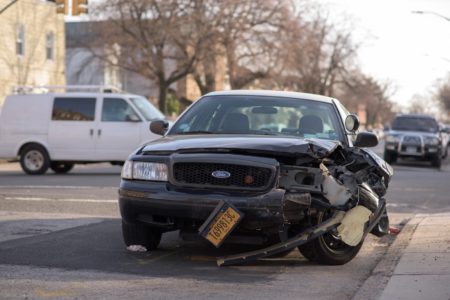How to Drive a Car | Avoiding a Back-Over Accident
Driving a car requires taking responsibility for others who may be hurt by the car. Parents need to teach their teen how to drive a car safely and how to be proactive especially around kids who do not know the danger of being near a car. Learn to drive your car in the safest possible manner by always being aware of your surroundings and the potential hazards of certain situations.
Every year, thousands of children are hurt or die because a driver who was backing up didn’t see them. Back-over accidents often happen because a toddler followed a parent into the driveway. This can happen to both experienced drivers and those just learning how to drive a car.
Little kids don’t understand the danger. They can’t protect themselves so you need to protect them.
As you learn to drive here are some additional tips for avoiding a back-over accident:
- Keep toys and other sports equipment off the driveway.
- Trim grass and bushes near the driveway so the driver can see pedestrians and they can see the driver too
- Never leave children alone in or around cars – not even for a second! They are faster than you think and have no fear of what could happen.
- Keep vehicles locked at all times – even when they’re parked in the garage or driveway
- Most driveways have slight inclines. Use your parking brake to ensure the vehicle doesn’t roll down the driveway accidentally.
- Make sure all child passengers leave the car after you park
- Take the hands of small passengers until they are safely away from all vehicles
- Keep your keys and remote device away from little ones. They aren’t toys.
- Be especially vigilant during busy times, schedule changes and periods of crisis or holidays
Practice checking all around the car before you get in. Make this part of your “Learn to Drive” checklist. Look for more information in Chapter 5 of the workbook. You will also find more videos in the Video Library. Go to Driving Lesson 3: Need-to-Know Info. Click the link below.




